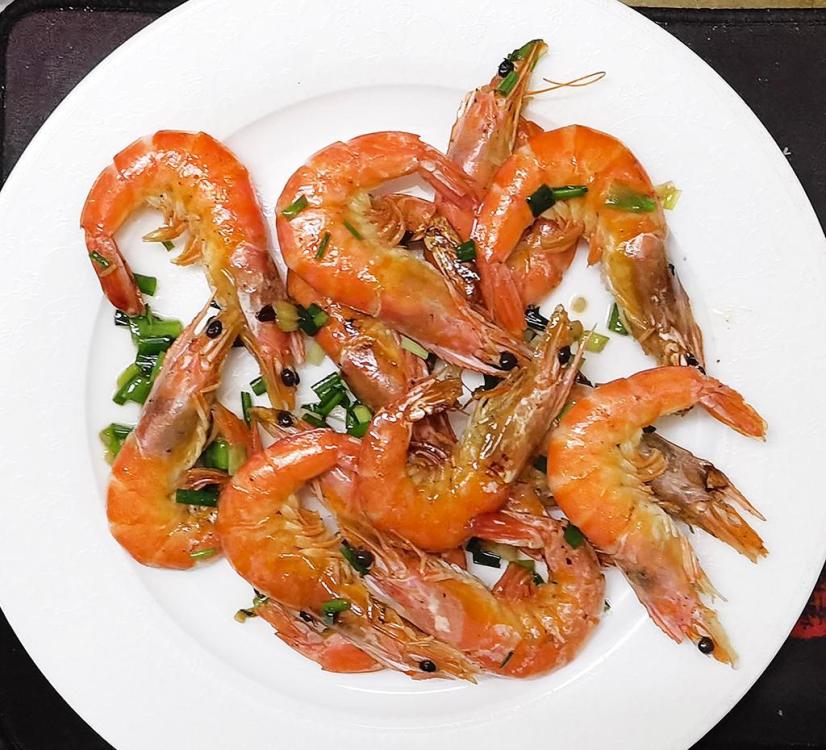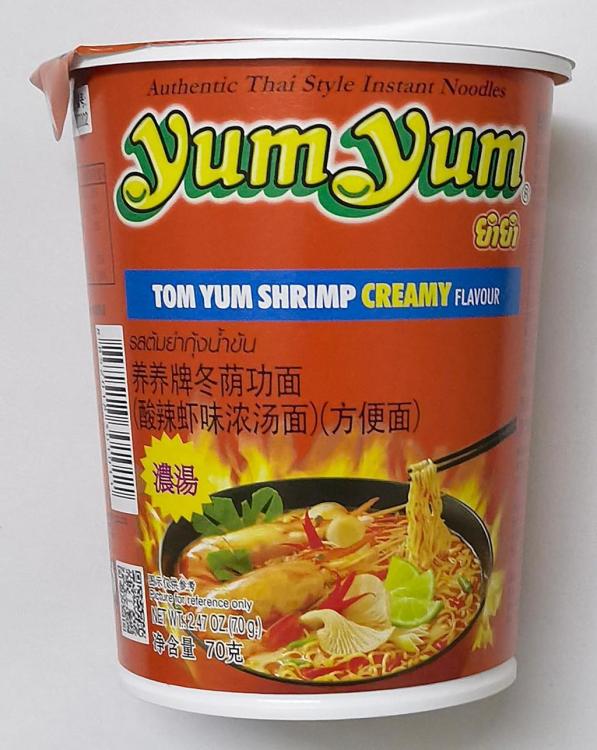-
Posts
16,666 -
Joined
-
Last visited
Content Type
Profiles
Forums
Store
Help Articles
Everything posted by liuzhou
-
If anyone is interested, there is a bilingual 我爱螺蛳粉 / I love Luosifen (snail noodles) Facebook page here.
-
My instinct is to say that it's unlikely, but I really don't know. I've seen no mention of that locally. The bamboo shoot is fermented in its own juices with just ambient yeasts. There are a handful of restaurants selling home made luosifen in the US. How they get it I have no idea, but imagine they must be making it themselves.
-
A good friend who is from Liuzhou, but now lives in the USA (somewhere inTennessee) informs me that her two favourite instant brands are 好欢螺 (hǎo huān luó) and 螺霸王 (luó bà wáng) in that order but that both are still a pale imitation of the real thing, which she misses terribly.
-
Most, if not all brands are made right here in Liuzhou. I can't recommend any - as I said we don't eat them here! Why would we when we can get the real thing on every corner less than half the price of this fake stuff?
-
Do you know which brands? Of course, if you really want to taste it, you have to come to Liuzhou! We don't eat that pre-packaged stuff here! We have the real deal! Head north-west from HongKong for about an hour max. 😂🥢
-
I don't know who is narrating it, but both their English and Chinese pronunciation is a bit strange! The subtitles are good. I helped write them!
-
Coincidentally, that's what I had for dinner last night. Not home-made, though I have done many times in the past.
-
I haven't used it yet, but when I do, I'll probably do this again. Spicy stir fried prawns (shell and skin on) with green tea. Maybe use some to smoke some duck or whatever.
-
No doubt! The only 'ri' in modern Chinese is 日 meaning 'day'. Chilli Day sounds good to me!
-
La Zi Ri? Did you mean 辣子鸡 (là zi jī), chicken with chilies?
-
I'm the opposite. Green garlic is common here but I've never seen, never mind tasted, ramps. I'm sure the dressing would work with the ramps, but be different.
-
sounds to me like your peppercorns are stale.
-
Snail pot. A local specialty. Snails, duck feet, garlic, chilli, Sichuan peppercorns, fennel seeds, star anise and other spices.
-
Maybe just coincidence, but this appeared in the Guardian today.
-
No. This one came one by one. Most had a minimum order of 50 though.
-
-
While silkworms prefer white mulberry leaves, that they only eat mulberry leaves is a myth. I eat the silkworms! With chilli, of course!
-
Mixed bag. Home made pork, shrimp and shiitake wontons in a spicy chicken broth with lettuce. Pan fried red shrimps with garlic, chilli and Chinese chives.
-
American habit. They have this mad idea of washing off the natural protective coating (that eggs come with) before selling them. I've never seen it anywhere else.
-
I don't know where else to put this, but it's a Sylvia Plath poem from 1959 as recorded in her diary. If you get hungryI In the middle of the night A Snack Bed is Good For the appetite— With a pillow of bread To nibble at And up the head An automat Where you need no shillings Just a finger to stick in The slot, and out come Cakes and cold chicken.
-
I was given these, no doubt by someone who wanted shot of them! Actually they weren't too bad, but of course, nothing at all like Tom Yum or anything else Thai flavoured.






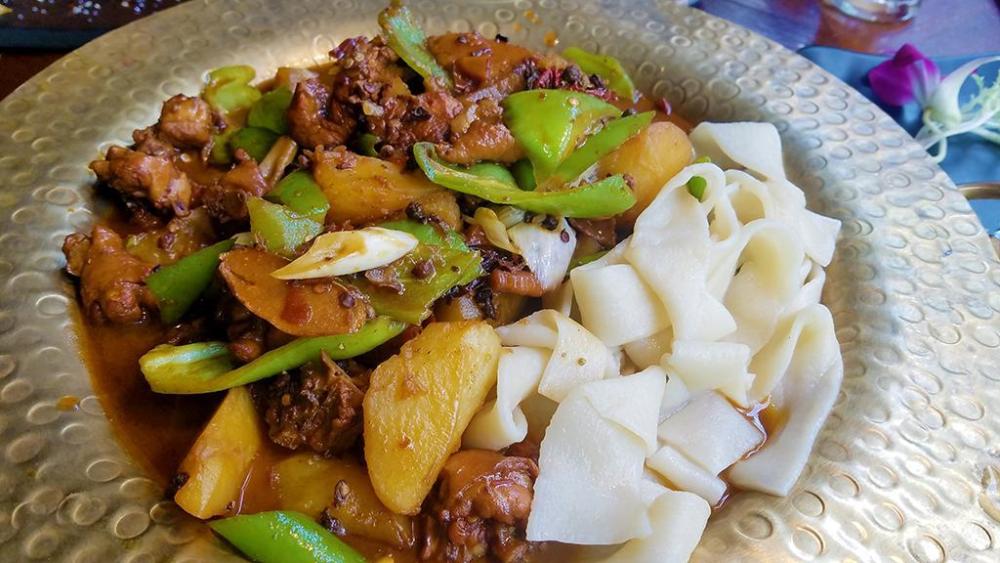
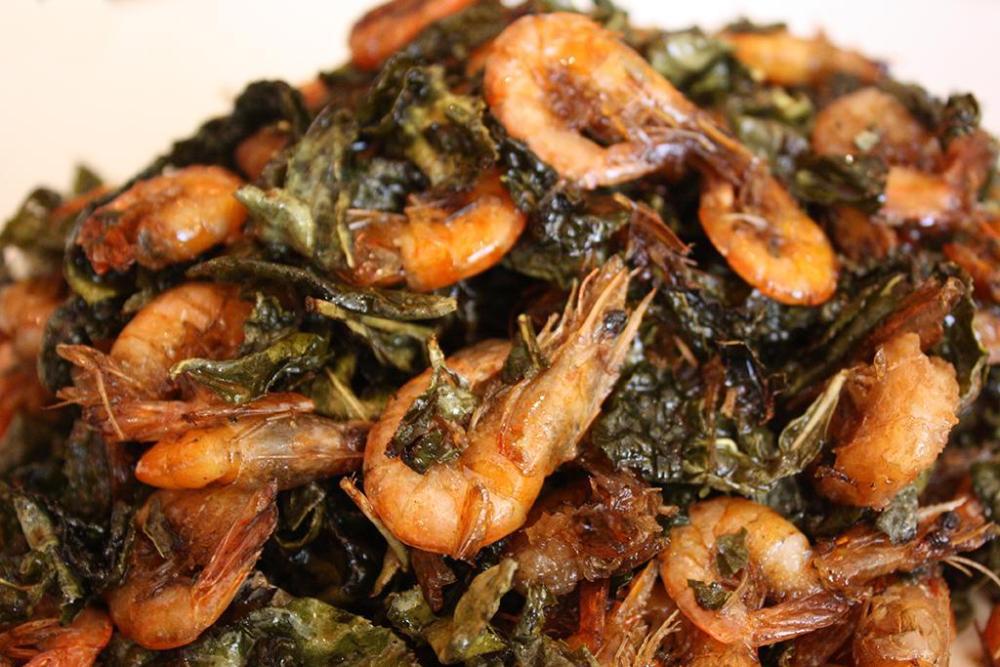
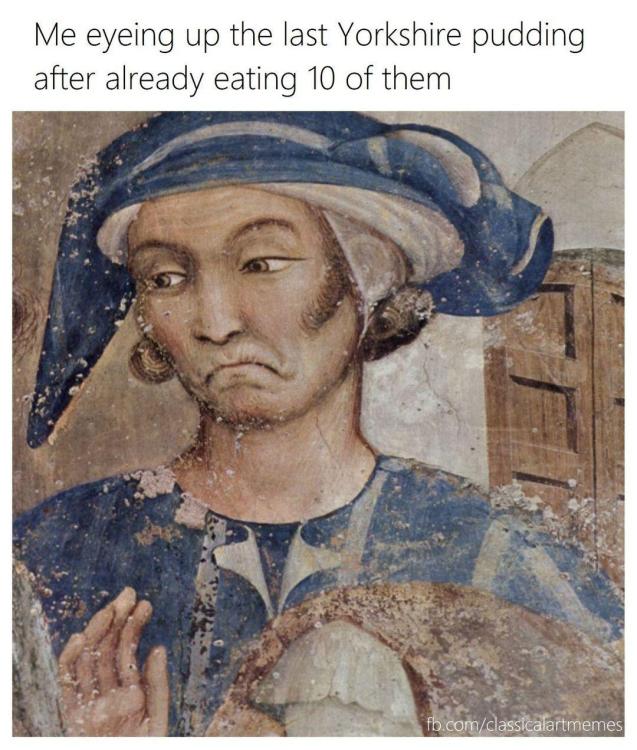
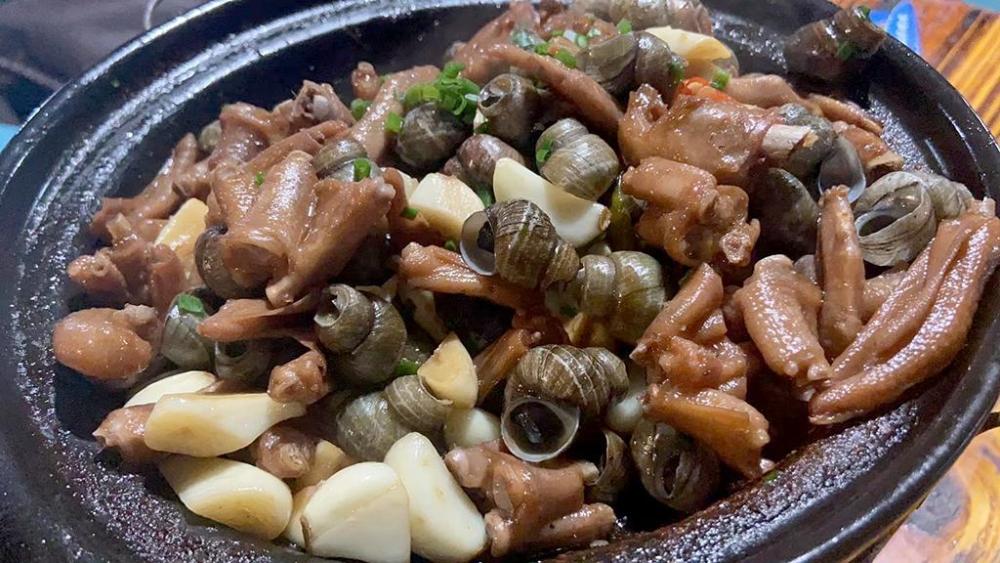

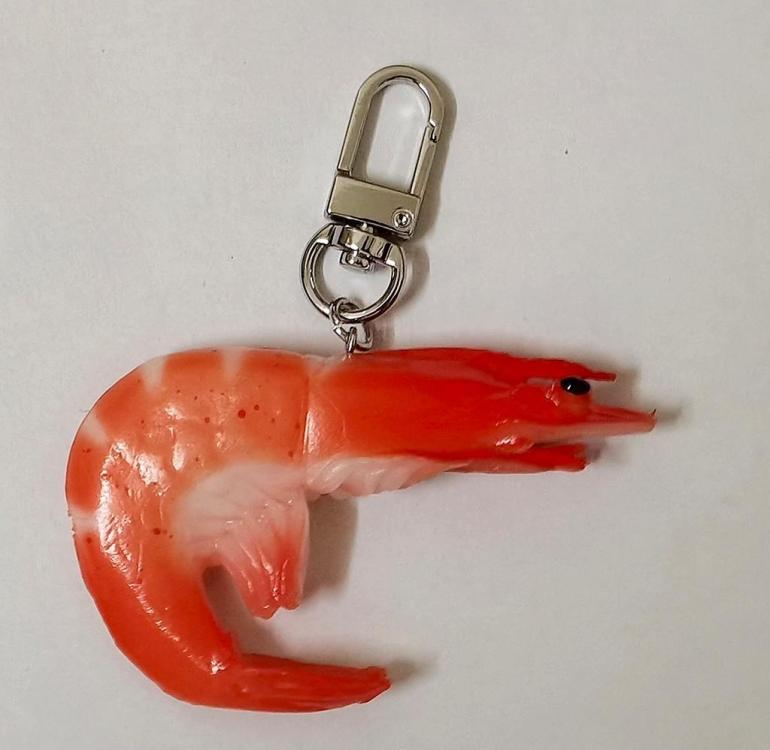
.thumb.jpg.63fa7829cd99dd8a0dc9e04de5207505.jpg)

